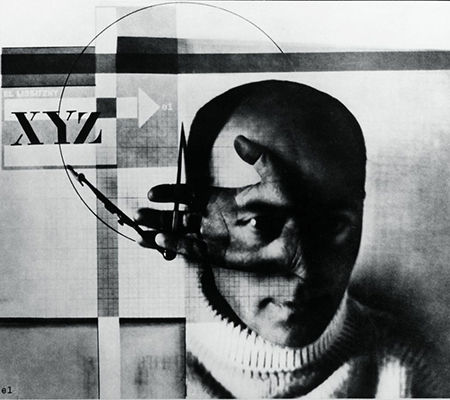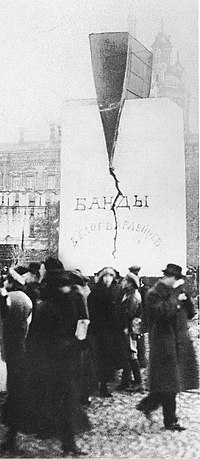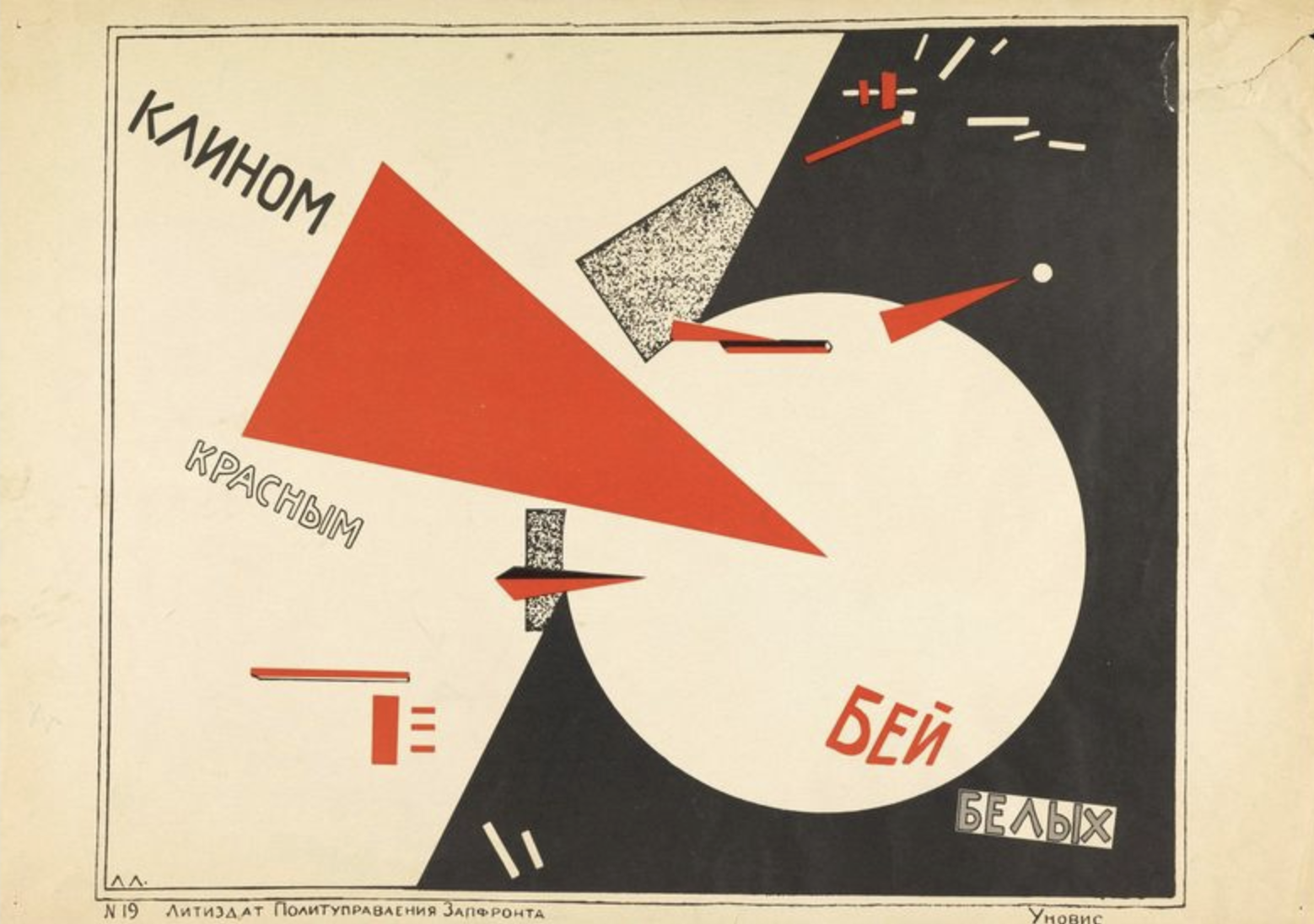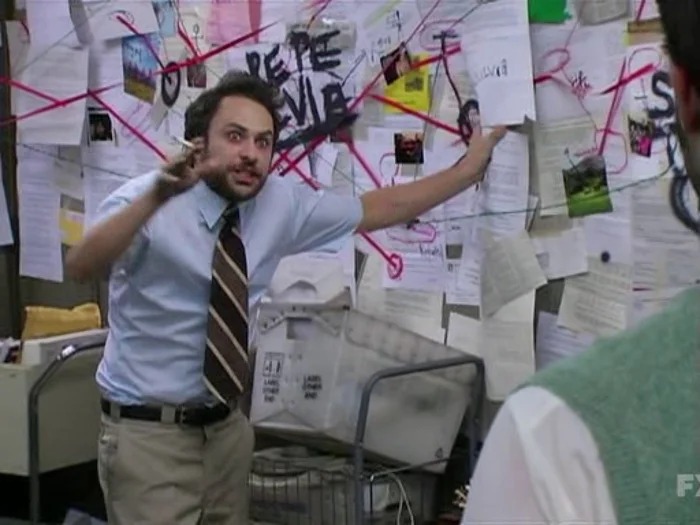Haircut

Tracy next door to the Silver Tree Bookshop gave me a haircut on Friday. We chatted about ceramics, Tracy as it turned out is a member of the Broken Hill Potters Society. The conversation reminded me of my old interests in The St Ives School of artists. I mentioned Barbara Hepworth and Bernard Leach. Tracy mentioned she preferred building rather than pottery, I suggested she look up Sarah Dunstan’s work for inspiration.
I was reminded of my previous obsessions with ideas of those dynamic art movements of the 20th century. I was fascinated by the manifesto’s written in the ruins of war and revolution. The artists and thinkers optimistically offering ways to rebuild a better world. Sadly the world was not always listening. For example The Constructivist Naum Gabo who wrote the Realistic Manifesto built hopeful kinetic negative spaces. Most of his works were lost or destroyed by the antipathy of Stalin. Another victim of Stalin’s antipathy was arguably Lissitzky.

Lissitzky (with Malevich) contributed toward the development of Suprematism.
The story enclosed herein is from my own deeply imperfect memory of this apocryphal passage by Bruce Chatwin:
Bad living conditions inflate the life of the fantastic. Berthold Lubetkin, the architect, who was a student at the Vkhutemas School, recalled for me the winter of 1918. He shared a room with sixteen other students behind the Metropol Hotel in Moscow. They ate hyacinths from window boxes; slept between joists wrapped in newspapers because they had burned the floorboards, had no blankets and no source of warmth other than a flat iron which they heated in the porter’s stove. A fellow student called Kalesnikov was unable to find a room and bored a hole in Lissitzky’s street monument The Red Wedge Invades the White Square, where he installed himself for the winter. The same Kalesnikov submitted to the school a project recalling conceptual art of 1794 or a story by Borges) for converting the earth into its own terrestrial globe by attaching a steel arc from pole to pole, on which the artist could hop off for a day and and night.
From What Am I doing Here by Bruce Chatwin; Viking Press, 1989; “George Costakis: The Story of An Art Collection In The Soviet Union”
As an aside, I read somewhere that Lissitzky was so disfavoured by Stalin’s regime that 
Anyway Tracy gave me a good haircut, she invited me to join the Potters Society.
I’ll think about it.
NOTE: The above post has been heavily edited as I navigate my dodgy memory.

Comments
Add a comment?There are no comments yet.
